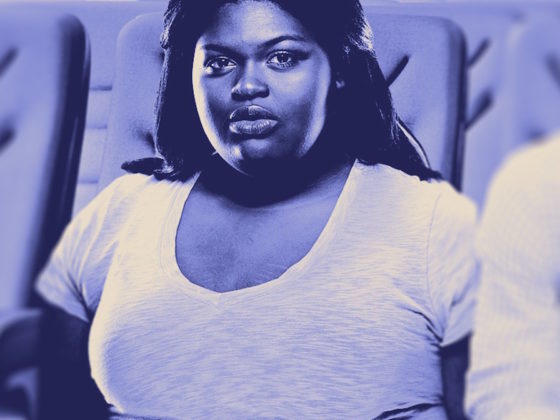This story first appeared on Dose on Medium and is republished here with permission.
Flying on a plane is one of the most dehumanizing experiences a fat person can have. If it’s not the glares and stares from people praying you don’t sit next to them, it’s the eye rolls when you tell them, “I’ve got the middle seat” or the loud sighs when you put the armrest up just to get a little relief. It’s the anxious feeling you get when you need to ask for a seat belt extender. And it’s your neighbor’s flat-out aggressive commentary about the lack of personal space that results from sitting next to you.
